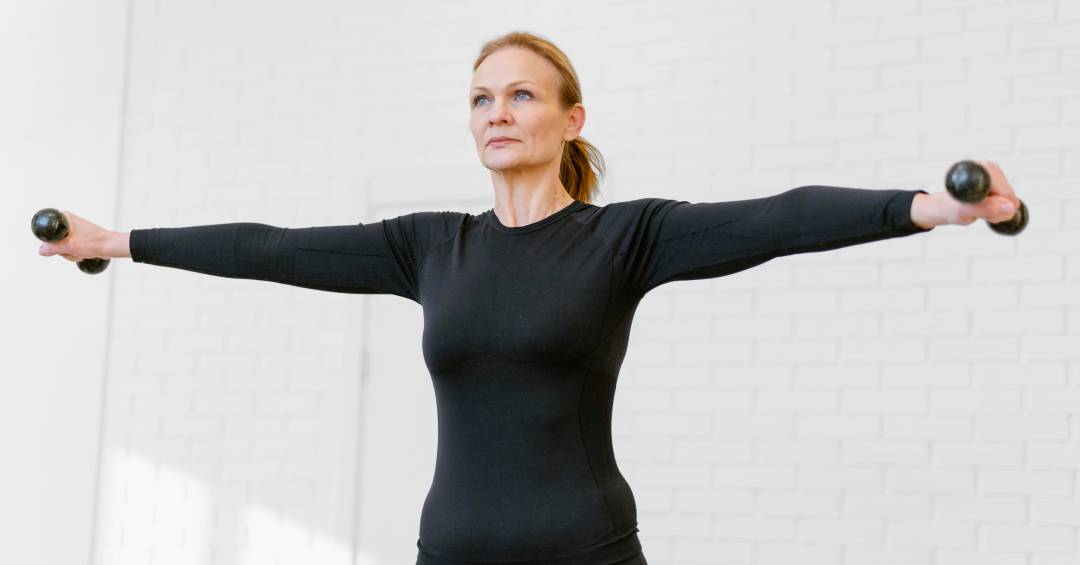

Given so many already known benefits of physical activity, one more was recently discovered. According to a study carried out in São Paulo, training can alleviate Parkinson's pain.
Carried out by Laboratory of Functional Neuroanatomy of Pain at the Institute of Biomedical Sciences of the University of São Paulo (ICB-USP)in partnership with the Neuroscience Laboratory at Hospital Sírio Libanêsthe research concluded that aerobic exercises can contribute to the reduction of orofacial pain, located in the oral cavity and face. Find out more!
Study suggests that training can reduce pain caused by Parkinson's
According to the experiment published in the journal Neurotoxicity Researchresearchers induced the disease in rats by injecting 6-hydroxydopamine, a substance that causes the loss of dopaminergic neurons, the main characteristic of Parkinson's disease. Then, the treatment was carried out in which the animals were placed on exercise mats for five weeks, three times a week.
To measure pain behavior, the researchers used a method called Von Frey filaments, where filaments of various thicknesses are applied to the animal's face with different intensities of force. The thinner the filaments that cause discomfort, the more sensitive the rats are to pain.
The group then observed that, after treatment, the expression of pain-related markers decreased, maintaining the rodents with the same behavior as disease-free animals.
Effects of tests on pain caused by Parkinson's
Parkinson's disease is, in addition to being neurodegenerative, inflammatory. Symptoms are divided into two large groups: motor, those related to movements, such as tremors; and non-motor, which can include pain, depression, sleep disorders and others.
Second Daniel de Oliveira Martins, author of the studythis last category has only gained greater attention recently. “In the past, the pain of patients with Parkinson’s was confused with the pain typical of advanced age, as the disease has a higher incidence in people over 60 years of age.”
In addition to the impact on the expression of markers, the researchers also observed the effects of deactivating cannabinoid receptors in animals, which, when inactivated through the use of drugs, contributed to the return of pain, disappearing again upon resumption of exercise.
“Due to all the recent studies with cannabis, we also decided to test cannabinoid receptors in this model. The results show a possible correlation between the receptors and the orofacial pain mechanism in Parkinson's, which could be useful for the development of new therapies”, says Professor Marucia Chacur, laboratory coordinator and co-author of the research.
Can training replace medications in the future?
The study is yet another indication of the benefits of physical exercise, reducing the need for medication. The recommendation, however, depends on the individuality of each patient and the problems that affect them.
“Parkinson’s disease has a very wide variety of symptoms that manifest in patients in different ways. For some people, physical exercise is very beneficial, but this is not the case for everyone”, explains Martins.
In the future, Chacur points out that there are other paths to be explored. The research, which is funded by Fapesp, should continue on other fronts, analyzing pain in other regions of the body and other physiological mechanisms, not only related to movement, but also those associated with heat and cold.
“There is part of this work focusing on neuropathic pain — caused by damage to the sensory nerves of the central or peripheral nervous system — in the lower limbs. It is important, as the patient has generalized body pain, often due to stiffness in the upper limbs”, he explains.

